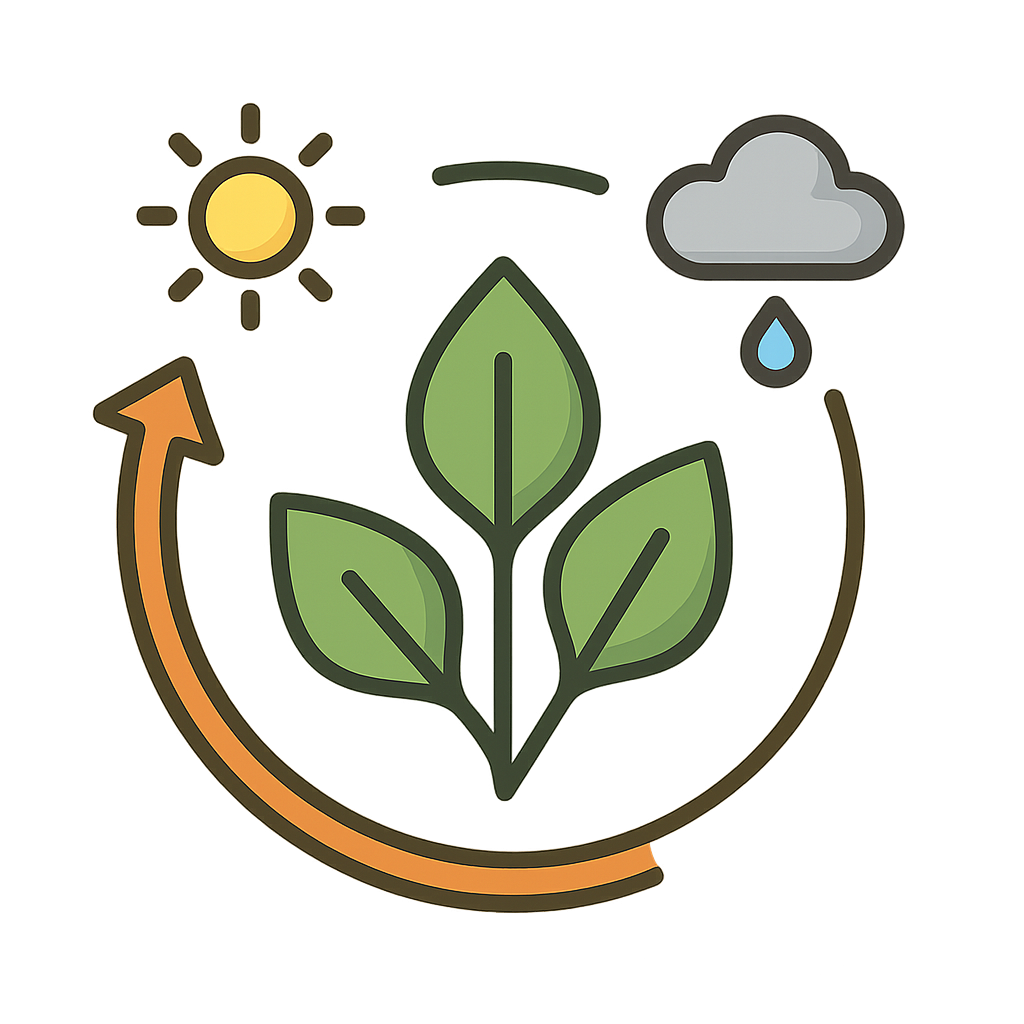The Story of Adaptation
Have you ever seen a lizard blend so perfectly into a tree branch that it seems to vanish? That’s me, at work. I am the secret artist who paints the chameleon its spectacular, changing colors so it can hide from hungry eyes and sneak up on its lunch. Can you imagine being able to change your clothes to match the wallpaper? I make that happen for the chameleon. I am also the clever engineer who designed the cactus to be a living water bottle, storing precious drops of water deep inside its spiky body to survive in the driest, sandiest deserts. When icy winds howl across the endless arctic snow, I am the cozy blanket-maker who wraps the polar bear in a thick, brilliant coat of white fur, keeping it warm and camouflaged against the ice. I work very slowly, over thousands and thousands of years, making tiny, careful changes here and there. Have you ever wondered why a giraffe has such a long neck? That was my idea, stretching it little by little over countless generations so it could reach the juiciest leaves at the very top of the tallest acacia trees, a snack no one else could get. I am a sculptor, and my clay is life itself. With patience and time, I shape every bird, bug, and beast to fit perfectly into its special home in the world. I am a superpower that is everywhere, in every living thing, helping it survive. You can call me Adaptation.
For a very long time, I was a secret. Living things changed, but humans didn’t quite understand how or why. Then, about two hundred years ago, a very curious young man with an adventurous spirit set out to solve the puzzle. His name was Charles Darwin. In 1835, he set off on a long voyage on a ship called the HMS Beagle, and his journey took him to many amazing places. The most famous stop was a group of strange and volcanic islands called the Galápagos Islands. There, he met ancient, giant tortoises munching on plants. He noticed that the tortoises with dome-shaped shells lived on islands with lush, low-growing vegetation. But on drier islands, the tortoises had shells that curved up in the front, like a saddle, allowing them to stretch their necks higher to reach food. He also saw little birds called finches, and he noticed something incredibly peculiar. The finches on one island had thick, powerful beaks, like nutcrackers, for cracking open tough seeds. Finches on another island had thin, pointy beaks, like tweezers, perfect for picking insects out of tiny holes in tree bark. "Why would they be so different, yet so similar?" he wondered aloud in his journal. He collected many samples, thinking deeply about this mystery. At the same time, thousands of miles away, another brilliant explorer named Alfred Russel Wallace was trekking through the rainforests of Southeast Asia. He was seeing the same kinds of patterns in colorful butterflies and beetles. He saw how each creature was perfectly suited to its environment. It was like they were both finding different pieces of the same giant puzzle. Independently, these two men had the same incredible "aha!" moment. They realized that I wasn't just magic; I was a process. They understood that tiny, helpful changes in a creature could help it survive better, have more babies, and pass on those winning traits. Over a very, very long time, these helpful traits would spread, and the creatures would slowly change. They gave this amazing idea a name: natural selection.
My work didn't stop with Darwin and Wallace. I am busier than ever today. You can see me helping pigeons in big cities, who have learned to live among skyscrapers and busy streets. You can find me in the tiniest bacteria, which can change very quickly to survive new challenges. I am constantly working, painting, and sculpting life to help it face a changing world. Understanding how I work is more important now than ever before. When people understand me, they can better protect nature and all its amazing creatures. They can see why it's so important to have many different kinds of plants and animals, each with its own special survival toolkit that I helped build. I am the reason a tiny seed can sprout in a crack in the sidewalk and the reason a whale can sing across a vast ocean. I am the reason life is so resilient, so tough, and so full of breathtaking wonder. I am Adaptation, and my story is written in every leaf, feather, and fin on Earth.
Reading Comprehension Questions
Click to see answer
